5 Beautiful Churches to See in Würzburg on Your Trip
WanderInEurope is reader-supported. Affiliate links and ads help us keep creating useful content for you.
I’ve explored many of Würzburg’s churches and picked five that I think you’ll really enjoy on your trip. Let me tell you about them.
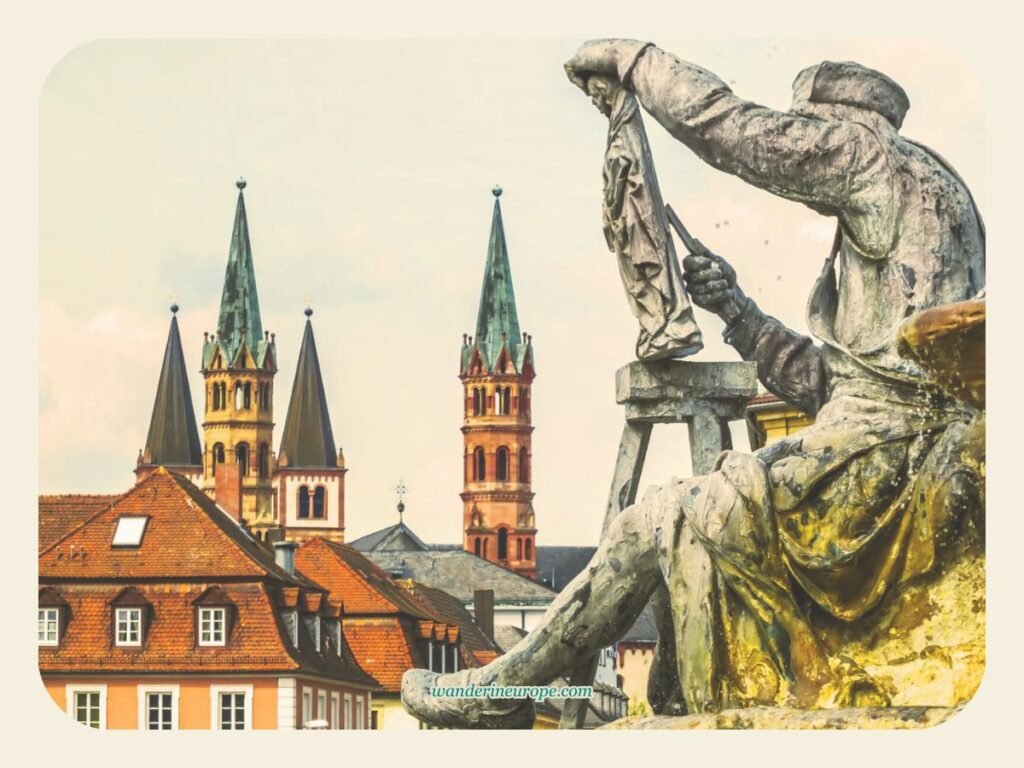
Did you know that Würzburg has been a center for church officials since it was first mentioned in 5th-century records? This rich history explains why the city is known as the “City of 100 Churches.”
Today, Würzburg is home to at least a dozen Catholic churches, along with several smaller chapels scattered around the city. Compared to other Christian regions, that’s a pretty impressive number.
But it’s not just the quantity—Würzburg also boasts some of the most beautiful churches in Germany. While they might not rival the grandeur of Rome’s, the architecture of these churches and monasteries is truly remarkable.
No matter your faith, Würzburg’s churches are worth exploring. They’re not just places of worship—they’re cultural landmarks that reflect the city’s rich heritage. The art and architecture within these buildings give Würzburg a character all its own.

1. Käppele Sanctuary (Wallfahrtskirche Mariä Heimsuchung)

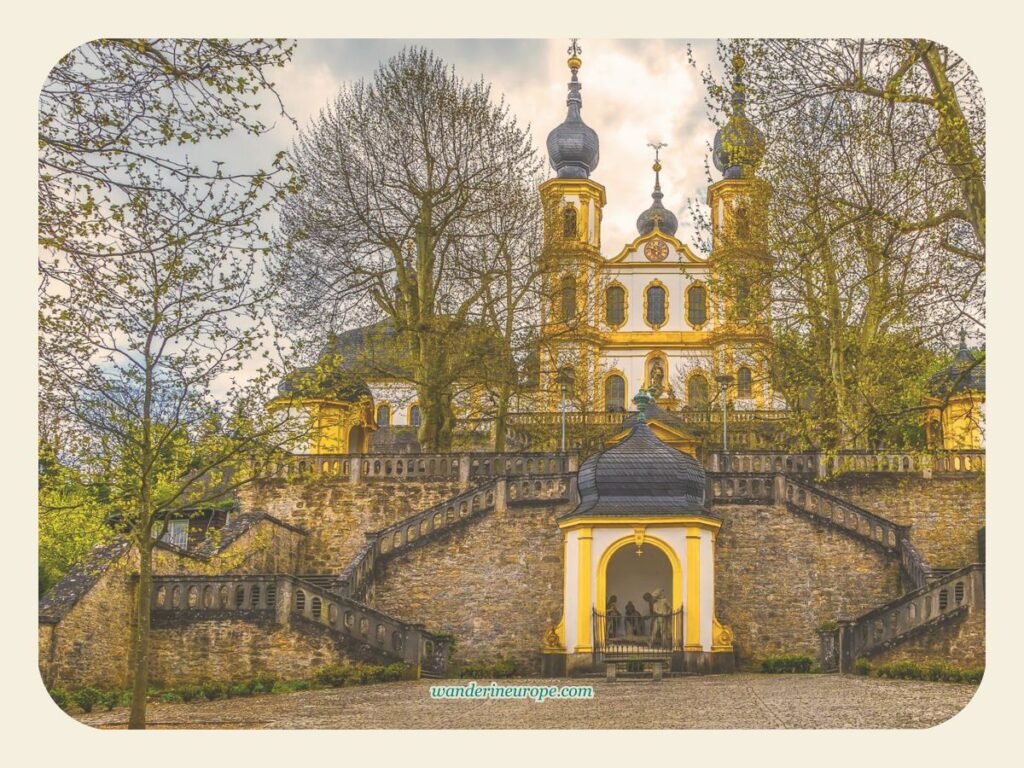
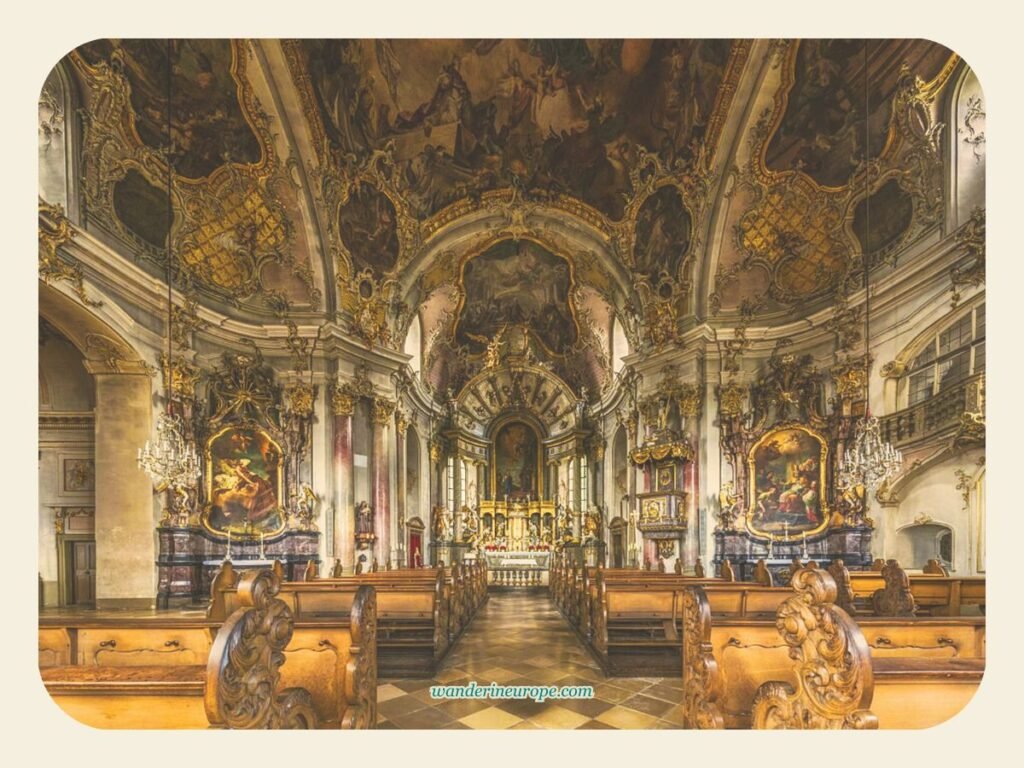
If you’re on the hunt for Würzburg’s most beautiful church, this one is a must-see. Its interior is absolutely stunning, with intricate stucco details and finely crafted pews that make it a true visual treat.
The Wallfahrtskirche Mariä Heimsuchung, better known as Käppele, is a gorgeous mid-18th-century church with its foundation stone laid on April 5, 1748.
What makes Käppele so fascinating is its blend of history and architecture. Did you know that Balthasar Neumann, the famous architect behind the UNESCO-listed Würzburg Residence, worked on this church’s renovation?
The church’s origins date back to 1640 when a local fisherman placed a pietà—a statue of the Virgin Mary cradling Jesus—in a vineyard. After reports of miraculous cures, the site became a popular pilgrimage destination. Today, Käppele is both a tourist attraction and a pilgrimage church, especially during Pentecost.
From the outside, you’ll notice its unique double towers and the roof adorned with cupolas and lanterns. Step inside, and you’ll be wowed by ceiling frescos painted by Matthäus Günther and the exquisite stucco work by Johann Michael Feuchtmayer the Elder.
Don’t miss the highlights: the stunning ceiling frescos depicting religious themes and the altar of the old Gnadenkapelle, which still holds the original pietà from the 1640s. These elements beautifully combine art and architecture.
If you’re planning a visit, the church is open daily, and admission is free. Parking is available nearby, or you can take the tram to Löwenbrücke station and enjoy a 15-minute hike up the hill to Käppele Sanctuary.
For the most recent updates and announcements, kindly refer to the official website of Wallfahrtskirche Mariä Heimsuchung in Wurzburg.
2. Neumünster Collegiate Church (Neumünster)

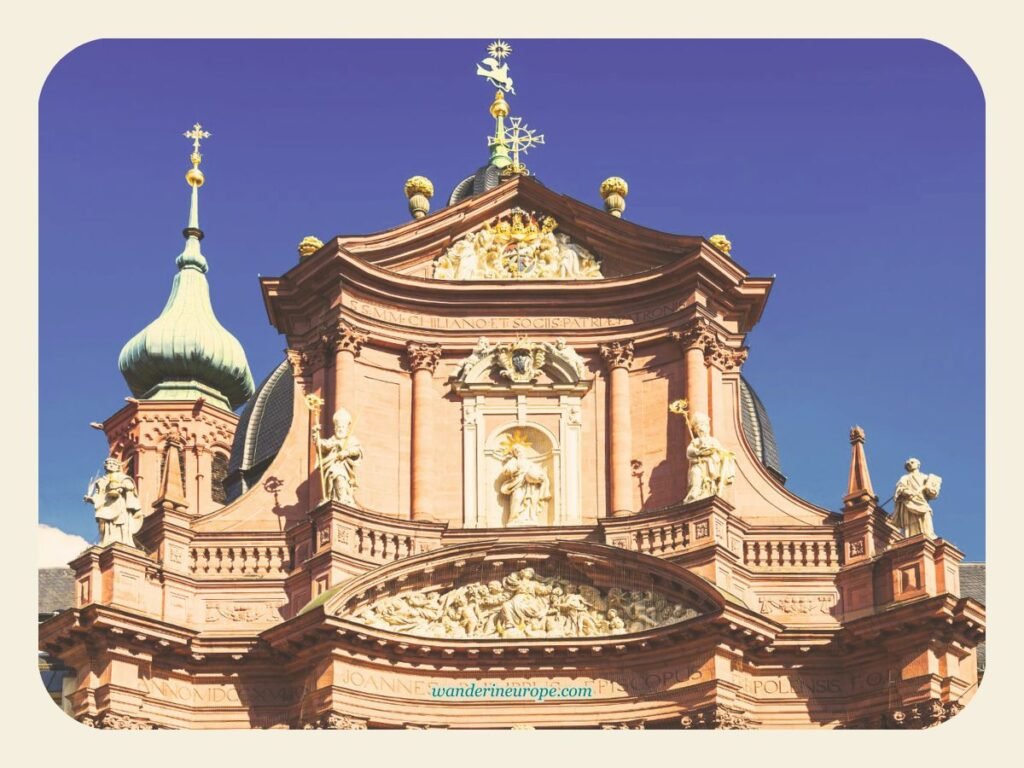

Another must-see spot in Würzburg is the Neumünster Collegiate Church, often called simply Neumünster. It’s not just the stunning architecture and rich history that draw visitors, but also the peaceful Lusam Garden, believed to be the burial site of legendary minstrel Walther von der Vogelweide.
Located in Würzburg’s Old Town, or Altstadt, Neumünster is an easy walk if you’re already exploring the area.
Today, it serves as a parish church dedicated to John the Baptist and John the Evangelist, but its history dates back to the 8th century. Built by Meningoz of Würzburg, it commemorates the Franconian Apostles—Saint Kilian, Colman, and Totnan—Irish missionaries who were martyred while spreading Christianity in the region during the 7th century.
The church’s appearance has evolved over centuries. Originally Romanesque from the 11th century, it underwent expansions between 1180 and 1250. In the early 1700s, architect Josef Greising gave it a Baroque façade, and the Zimmermann brothers redesigned the interior in the same style.
Recent renovations from 2009 to 2011 restored some Baroque elements and added modern artwork by artists like Michael Triegel and Hann Trier.
What makes Neumünster so striking is its mix of Romanesque and Baroque styles. The façade, with its intricate stucco work, sculptural details, and grand columns, showcases the elegance of the Baroque period. Inside, the blend of historic charm and modern art creates a unique atmosphere.
The church is also a cultural hub, hosting concerts, especially during the annual Würzburg Mozart Festival. It’s a memorable experience to attend one in such a beautiful setting.
Visiting hours vary, but generally, the church is open from 6:00 am to 6:00 pm on weekdays and from 7:00 am to 6:00 pm on Sundays and public holidays, though these times may adjust for services or events. There’s a barrier-free entrance on the northern side, leading to the Lusam Garden. For guided tours and additional details, check official website of Neumünster.
3. Maria Chapel (Marienkapelle)

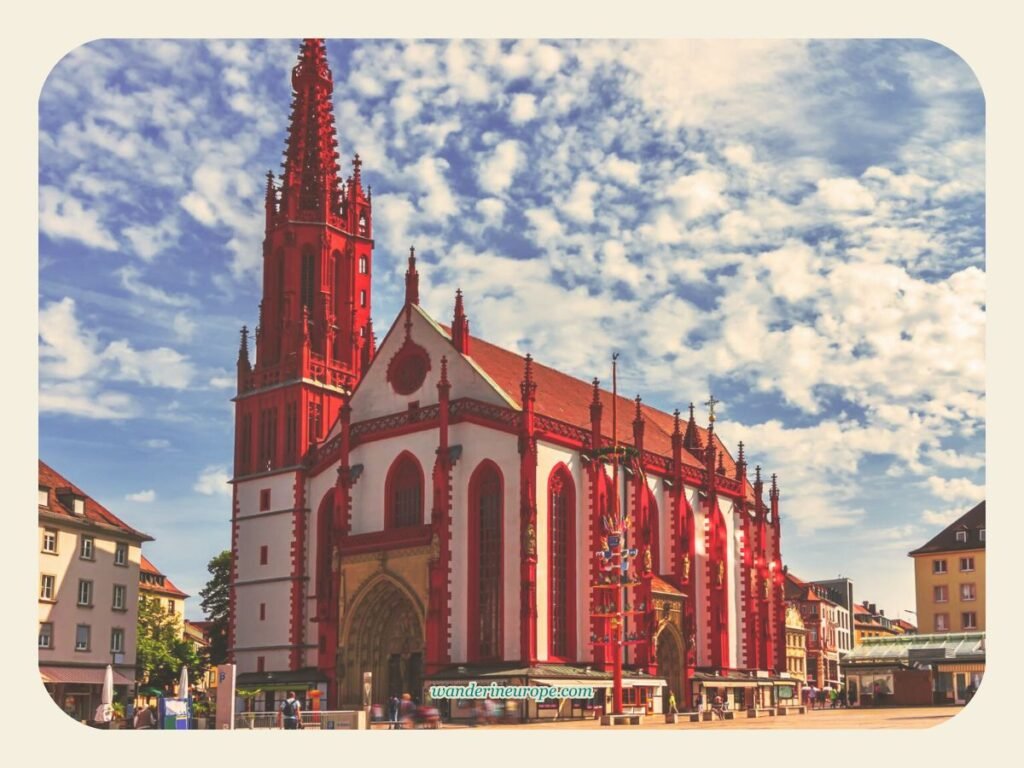
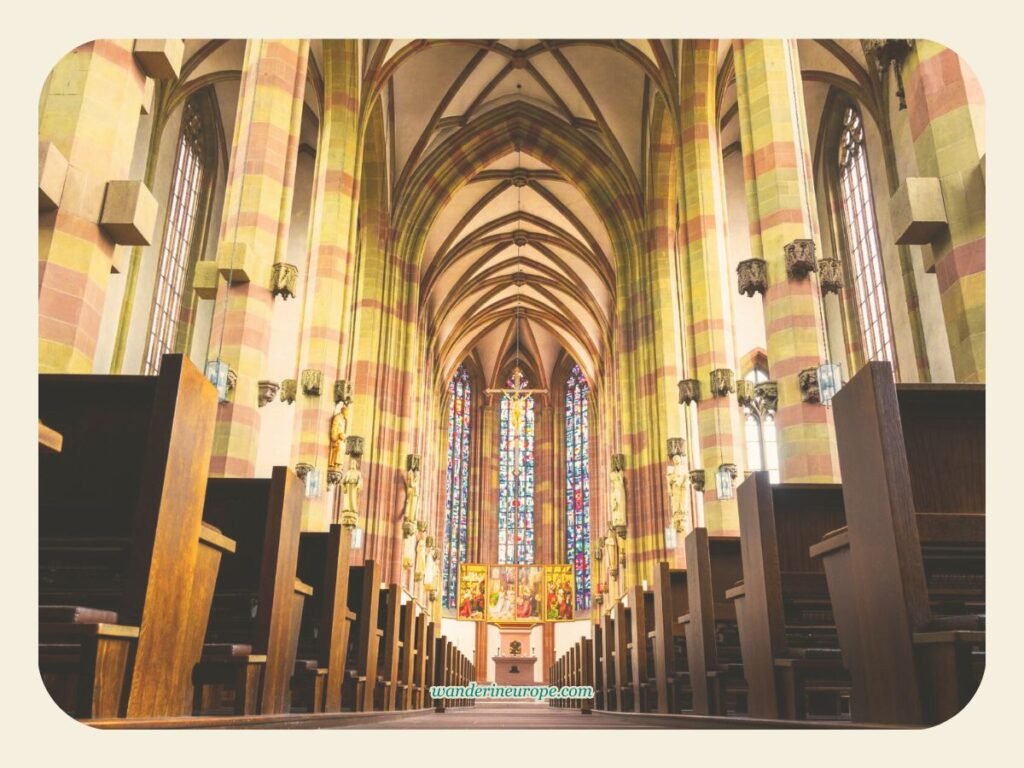
Marienkapelle, with its striking red and white exterior, is one of Würzburg’s most eye-catching landmarks. Its stunning Gothic architecture, along with its connection to famous figures like Balthasar Neumann and Tilman Riemenschneider, makes it a must-see for any visitor.
Personally, I think its unique red and white facade makes it stand out, and the towering spire, topped with a golden Madonna, only adds to its impressive presence.
An interesting fact about Marienkapelle is that it stands on the site of a former synagogue, which was destroyed during a pogrom on April 21, 1349.
The reasons for building Marienkapelle here are not completely clear. Some believe it was built as a form of atonement for the murder of local Jews, while others think it was to make up for tolerating what they called the “Christ-killers.”
When you step inside Marienkapelle today, you’ll be surrounded by religious art. While it might not be as breathtaking as Sainte-Chapelle in Paris or the grand cathedrals in Rome, it still has some beautiful artworks worth checking out while you’re exploring Würzburg’s city center.
The original interior was destroyed in World War II, but the chapel was rebuilt with amazing replicas of the original Adam and Eve sculptures by Tilman Riemenschneider. These intricate pieces, now in the Mainfränkisches Museum at Marienburg Fortress, give a glimpse into the chapel’s rich history.
Be sure to check out the three main Gothic portals. Each one holds different religious artwork. The southern portal has a sculpture of Adam and Eve, the western portal features scenes from the Last Judgment, and the northern portal shows the Annunciation.
Marienkapelle is located in Marktplatz and is open daily from 9:00 am to 7:00 pm. Admission is free.
4. St. Kilian’s Cathedral (Würzburger Cathedral)

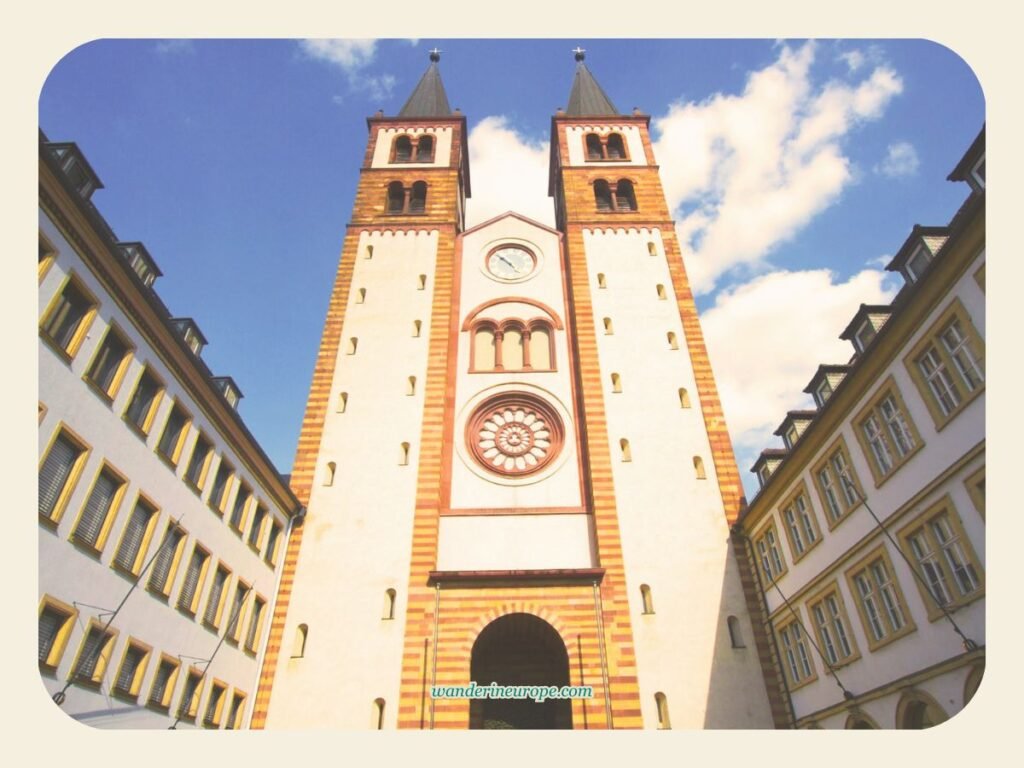
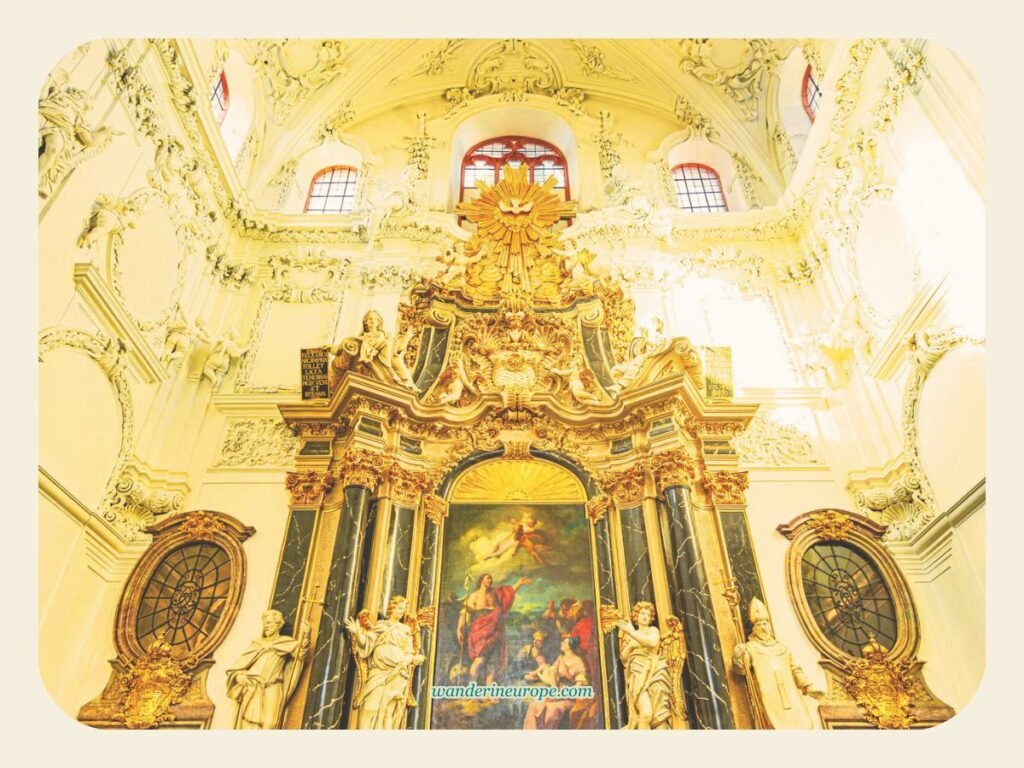
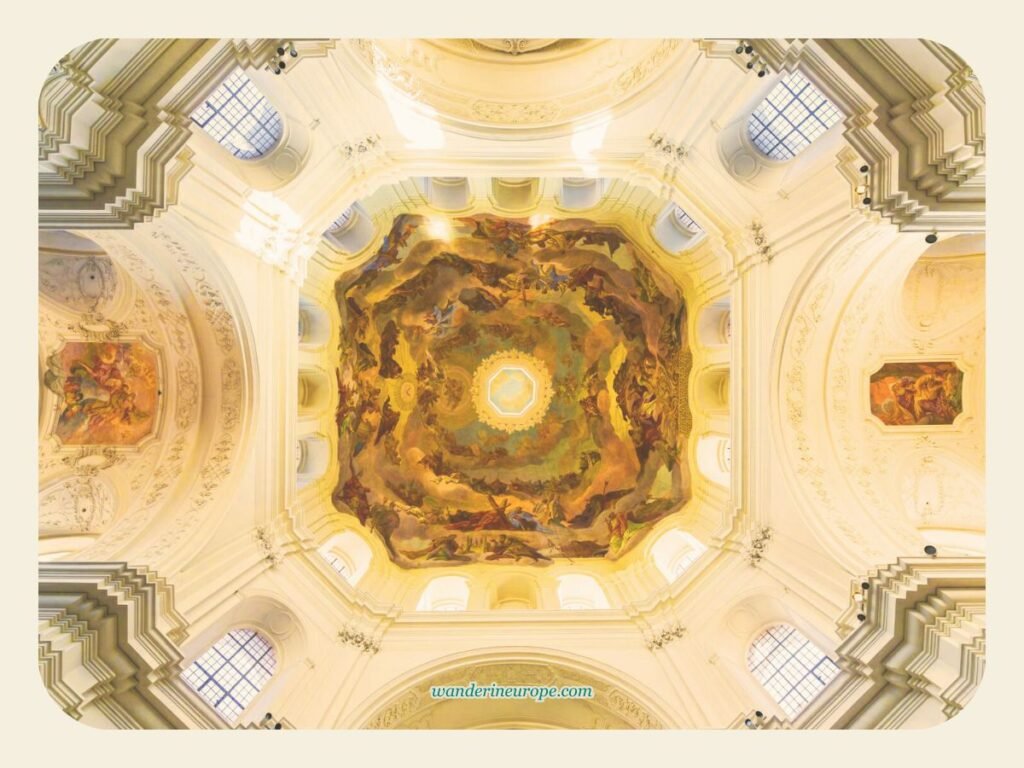
Another standout church in Würzburg is Saint Kilian’s Cathedral, also known as the city’s main cathedral. It’s the heart of Catholicism in Würzburg and, interestingly, Germany’s fourth largest Romanesque church.
Today, the Würzburg Cathedral still serves as a major place of worship and is the seat of the Bishop of Würzburg. Its rich history, stunning interiors, and ties to important figures make it a must-see for visitors.
Believe it or not, this 11th-century cathedral has been the setting for several key events, including the 1180 Imperial Diet, where Henry the Lion, Duke of Saxony and Bavaria, was banned from the Empire for three years.
Its facade, with two narrow towers, is simpler than other churches in Würzburg. But the inside is where the real beauty lies.
The cathedral is home to many remarkable works of art, proving that it’s not all about first impressions. Highlights include a 13th-century baptismal font by Eckart of Worms and a stunning collection of tombs and effigies of the prince-bishops created by Tilman Riemenschneider.
Balthasar Neumann, the famous German architect known for his elegant Baroque style, made important contributions to the Würzburg Cathedral. Between 1721 and 1734, he built the burial chapel for the Schönborn bishops, located north of the transept. He also added a Baroque vestry and Ornatkammer around the eastern tower in 1749.
His work blends beautifully with the cathedral’s existing Romanesque and Gothic elements, adding an extra layer of architectural beauty to this historic building.
Planning to visit the Würzburg Cathedral? It’s easy to get there by public transportation. Just take a bus, tram, or train to Residenzplatz, and it’s only a 5-minute walk from there.
The cathedral is typically open from 10:00 am to 5:00 pm Monday through Saturday, with earlier closing times on Sundays and holidays.
For the latest updates and exact opening hours, please refer to the information posted on the official website of the Würzburg Cathedral.
Augustinian Church (Augustinerkirche)

Augustinerkirche is another church in Würzburg that might appeal to religious travelers. If you’re Catholic, you can experience a unique way of celebrating the Holy Eucharist here. Instead of being celebrated at the altar, the mass is held on a table in the middle of the nave.
What makes Augustinerkirche even more interesting is its architectural history. Originally built in the Gothic style, it was later redesigned in Baroque style and rebuilt after being badly damaged in World War II.
The church also underwent a redesign in 2010-2011, which introduced the Communio model, creating a more flexible space. Today, the chairs and the “Ambo” table are movable, allowing the congregation to celebrate the Holy Eucharist at eye level.
When you visit, you’ll get to see two important pieces of art. One is a modern painting called “The Heavenly Jerusalem” at the altar, and the other is a painting of the Battle of Lepanto, the only artwork that survived the World War II bombings.
The church is also known for its beautiful organ and the concerts held there. If you’re interested in attending a mass or concert, you can check the event calendar on its official website. Located in Altstadt Würzburg, the church is easy to find once you’re in the area.
From great hotel deals to skip-the-line tickets and affordable eSim to cheap rentals, click here for the best hotel deals and more travel discounts.
More in Wurzburg
Würzburg’s churches are just one reason to visit this vibrant city. You can also tour the impressive Würzburg Residence Palace, sample top-quality Franconian wines, and explore the historic Marienberg Fortress with its scenic views.
For a convenient, unique, or more enriching visit, check out these experiences and services:


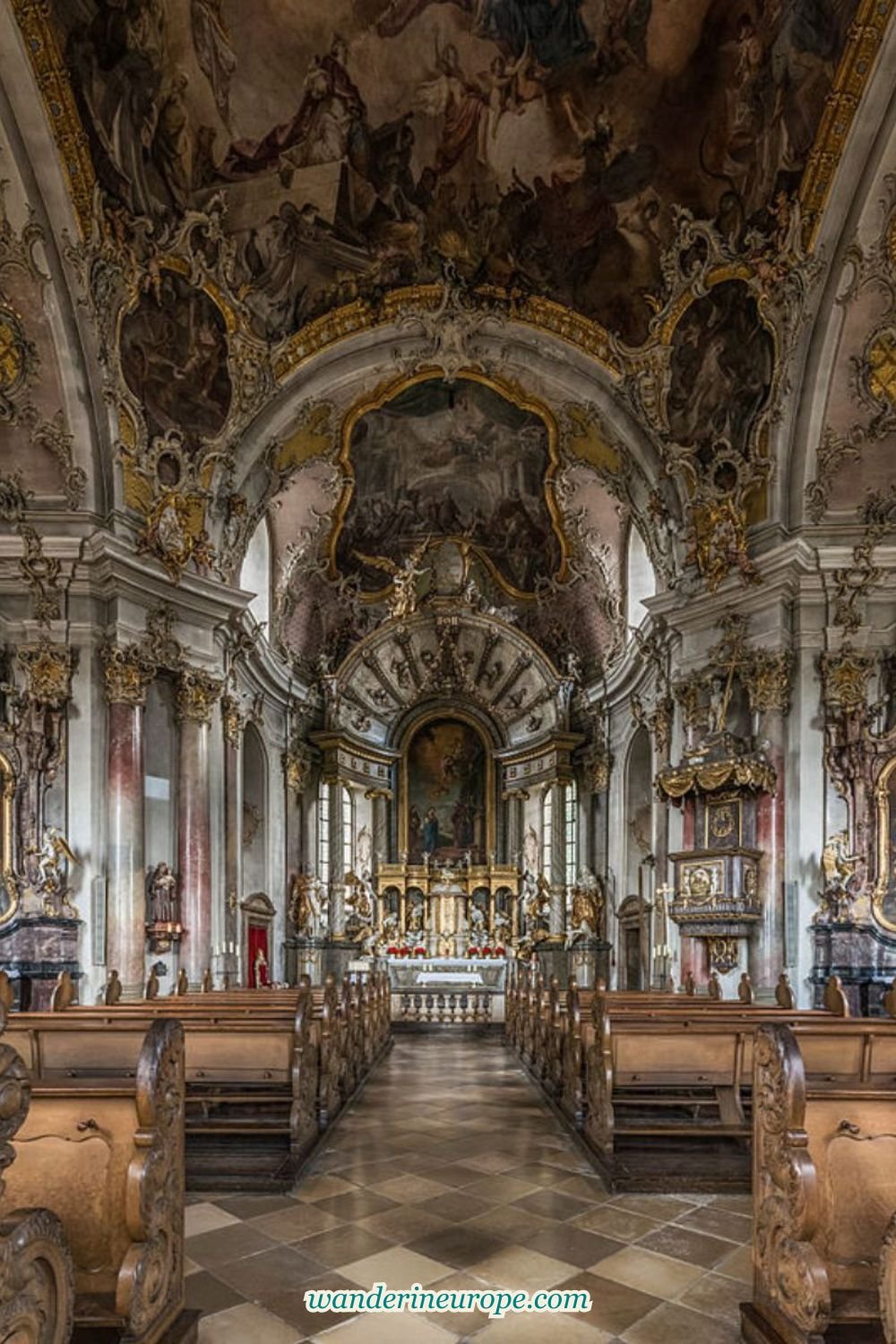
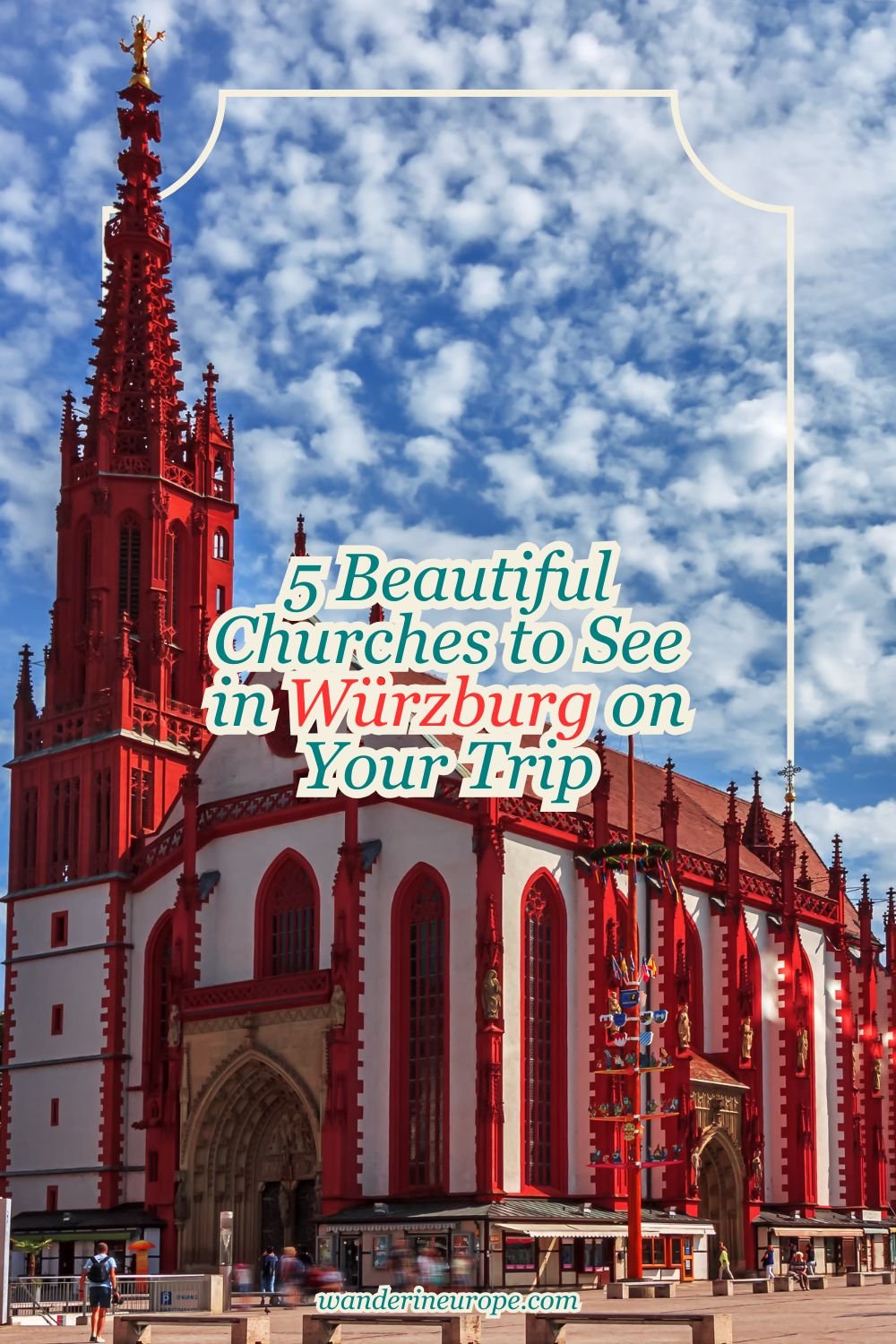
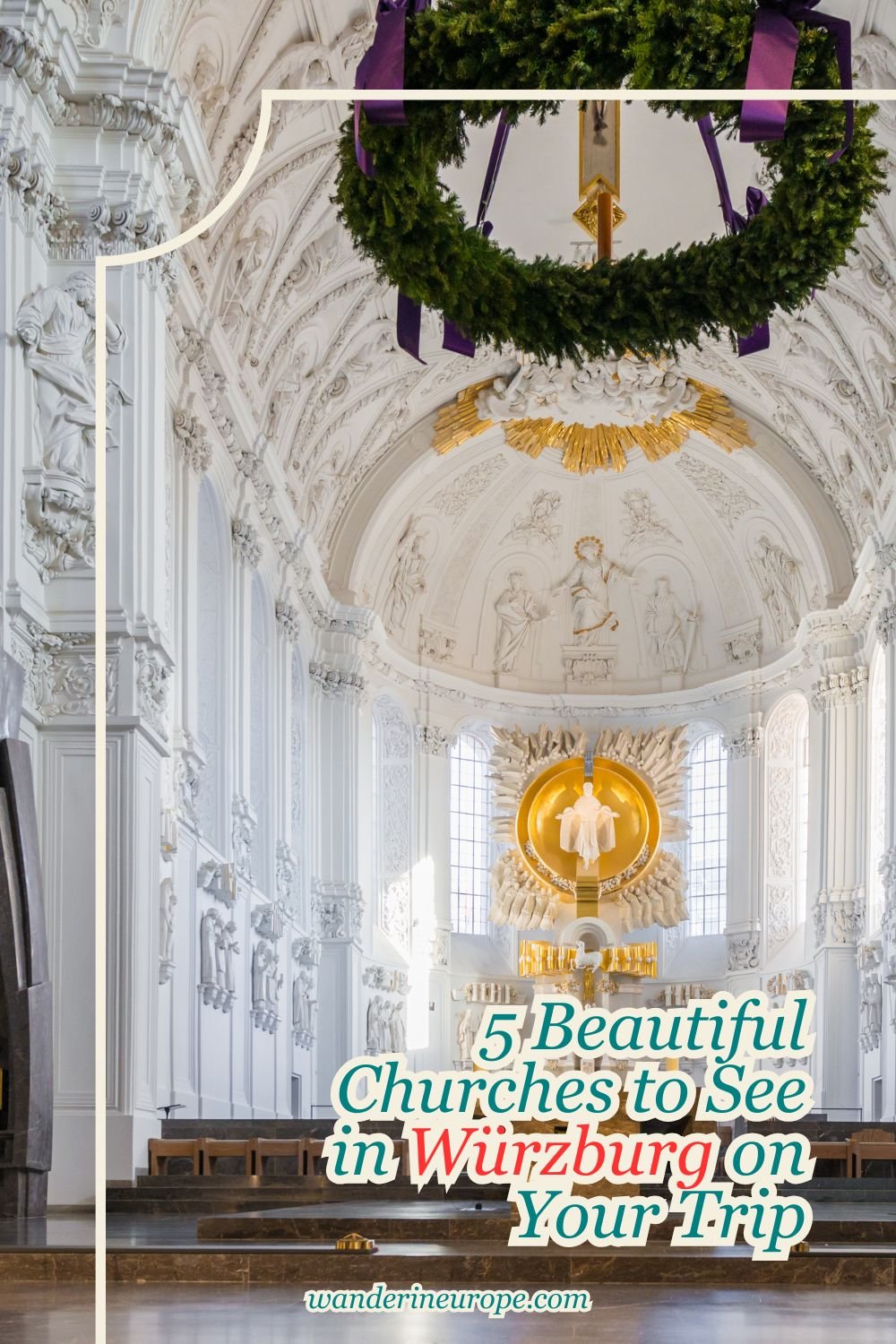
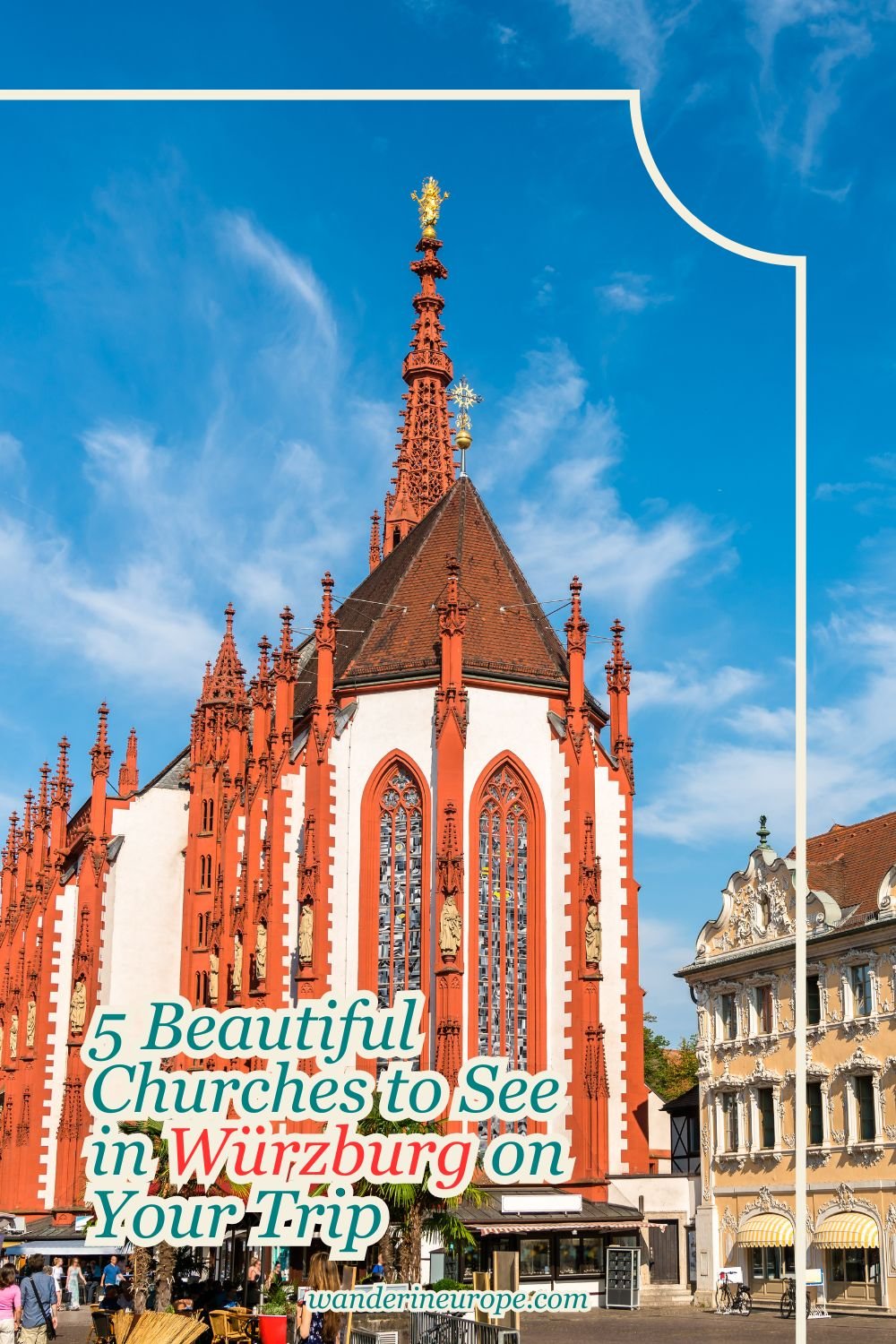
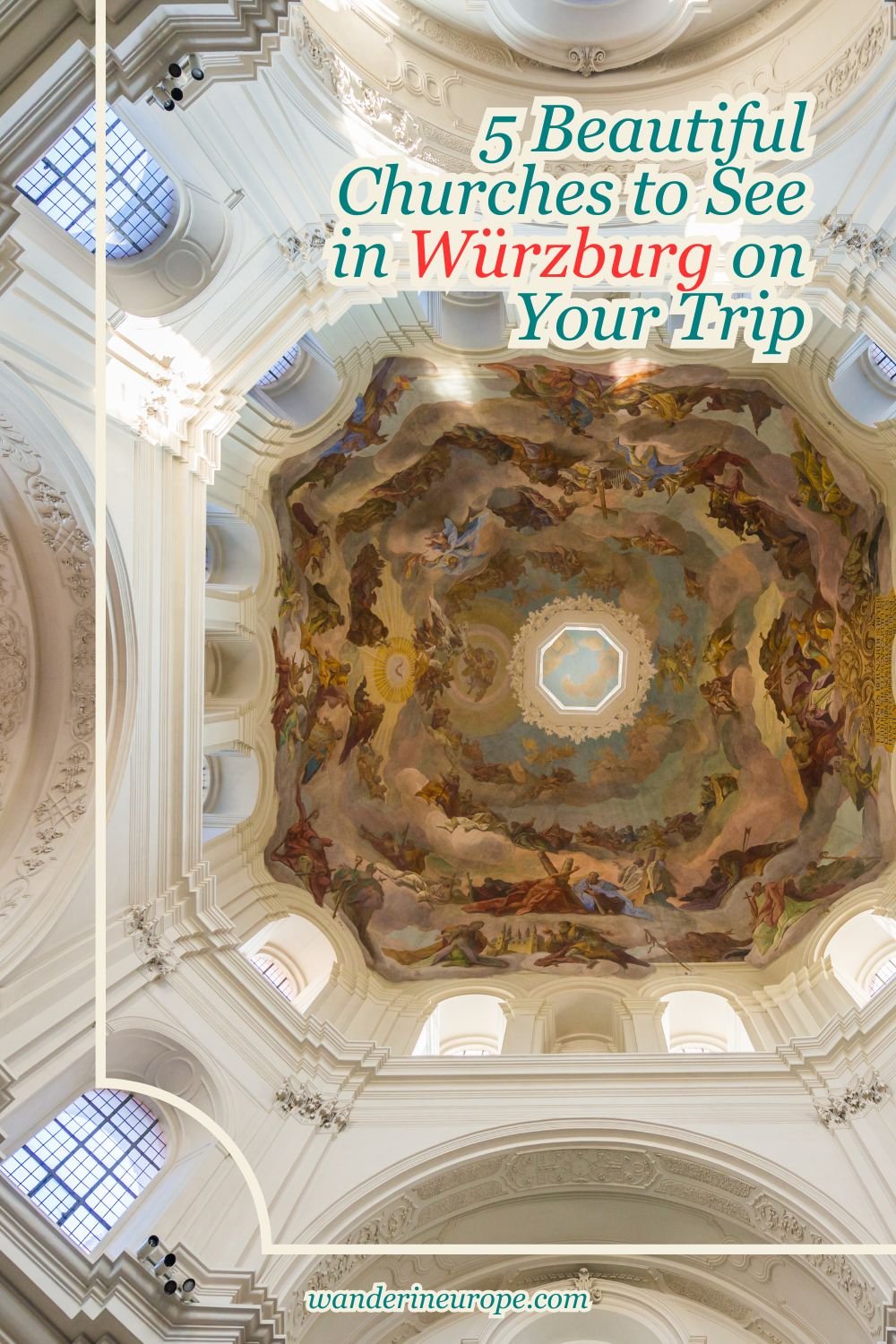
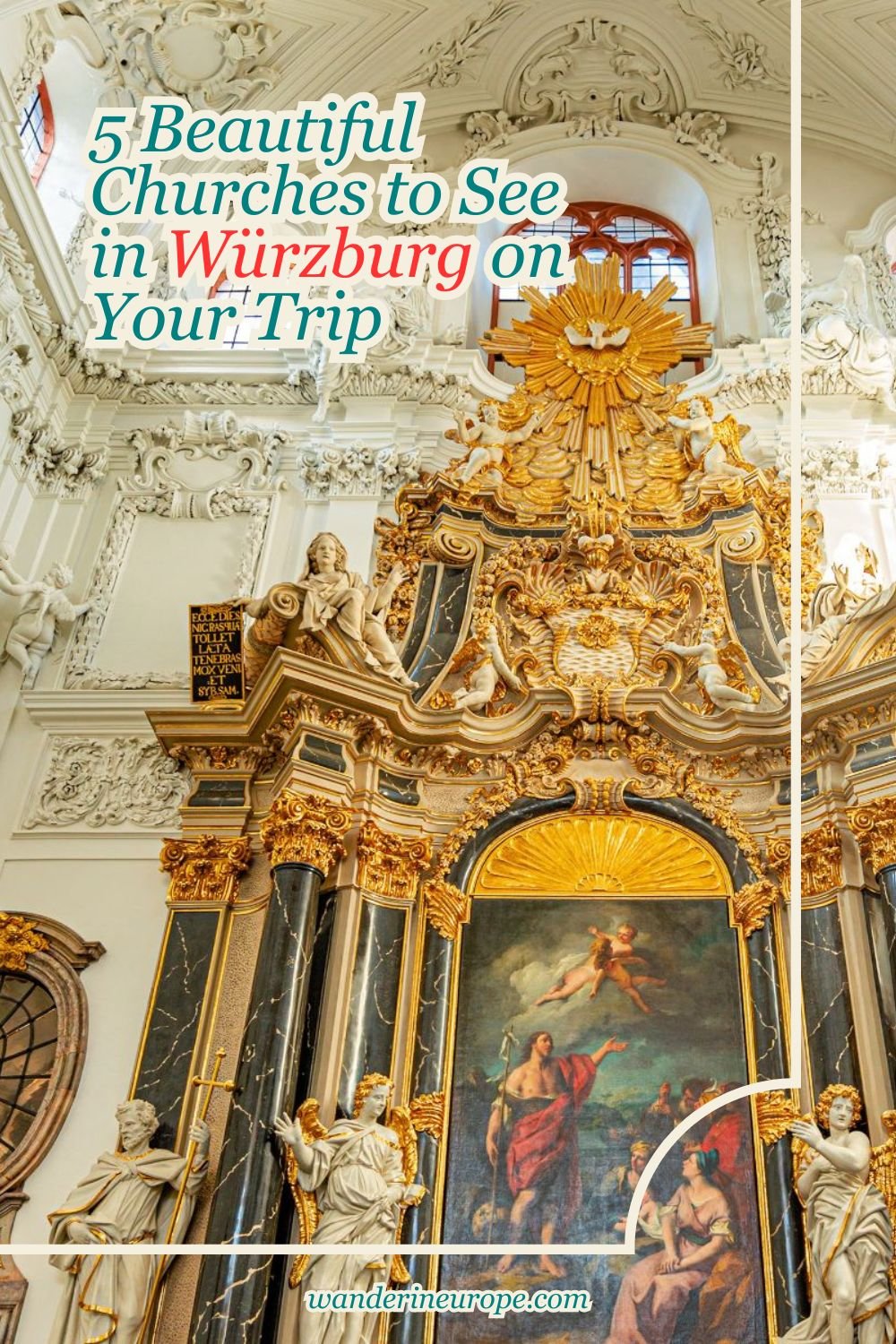
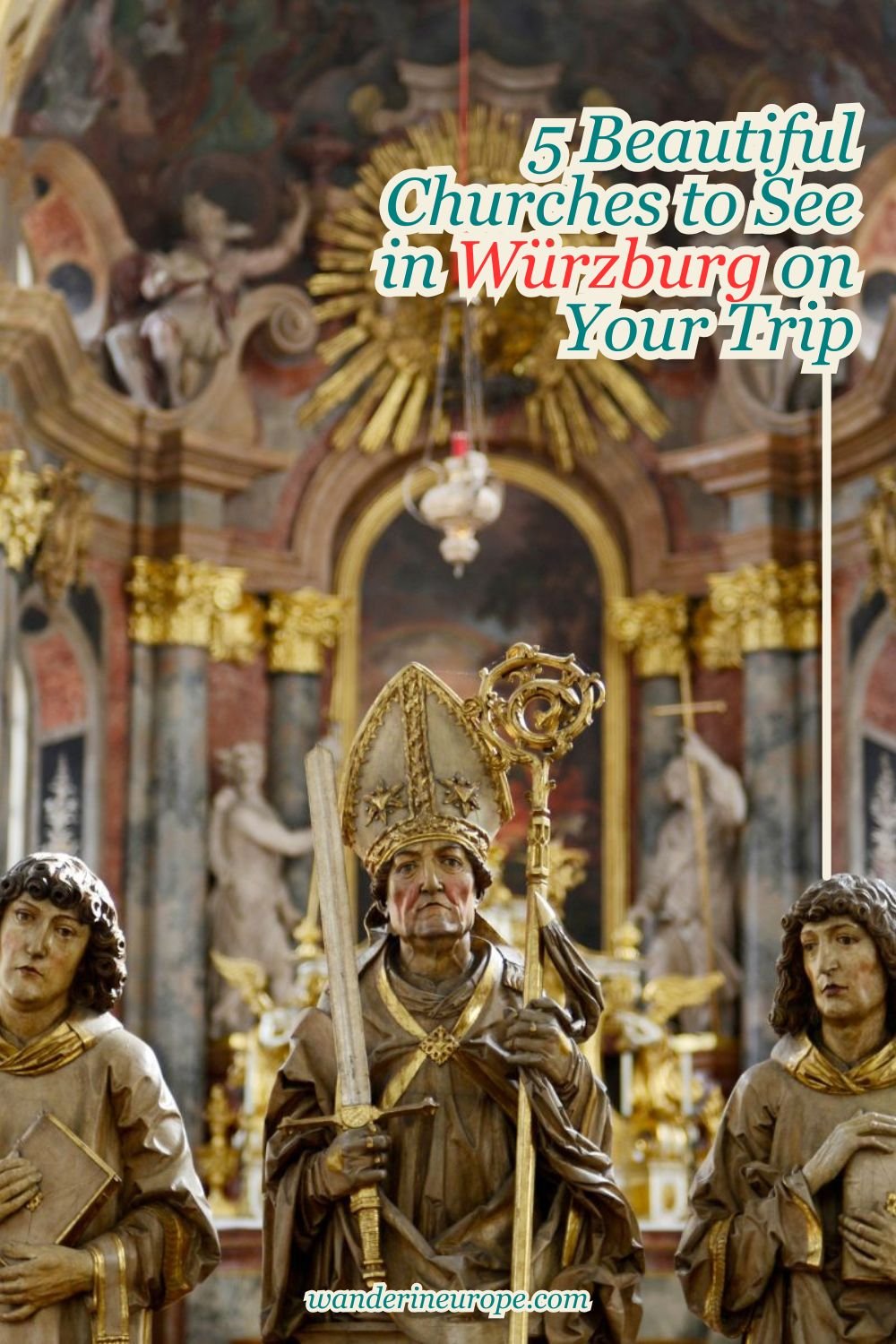
Pin this to save it for later or bookmark it to read anytime.

